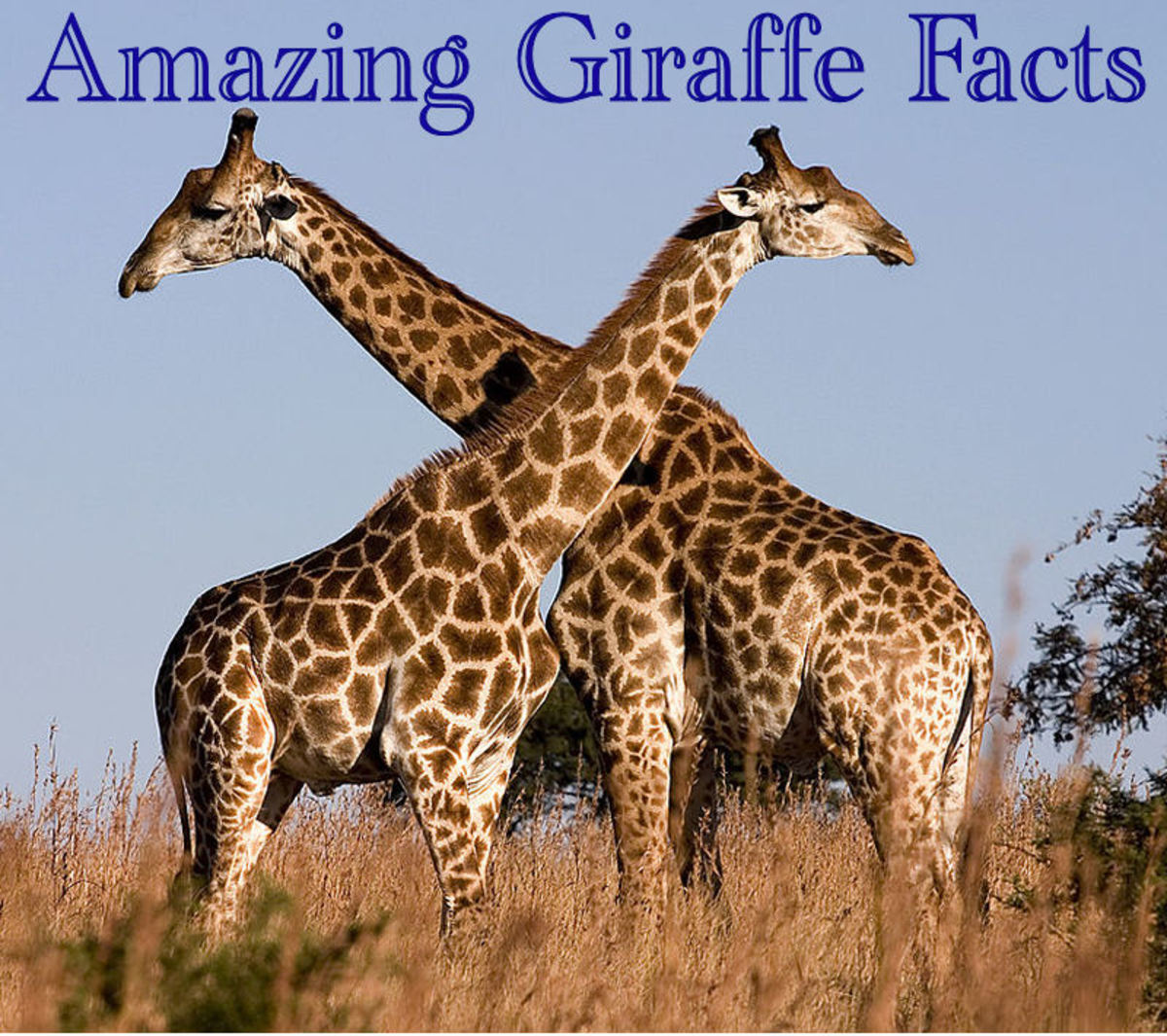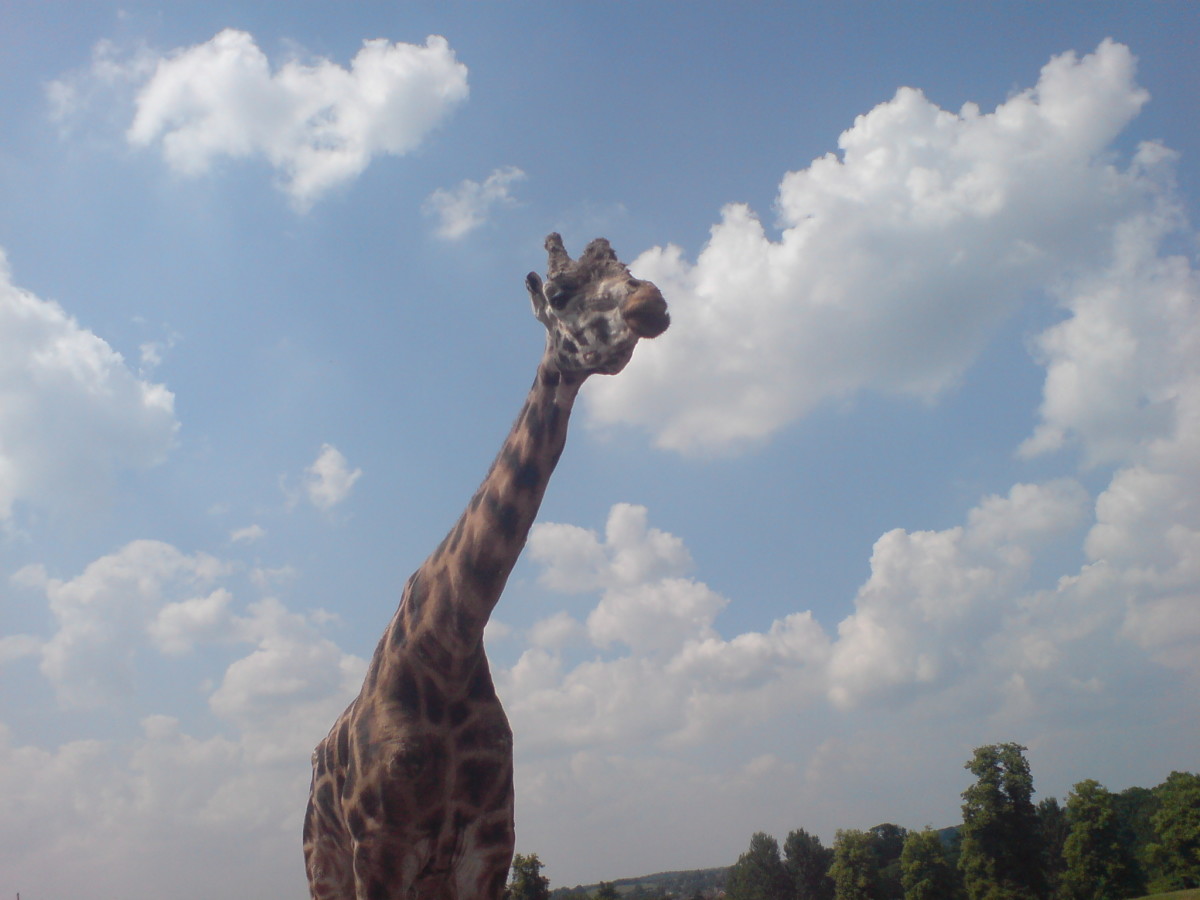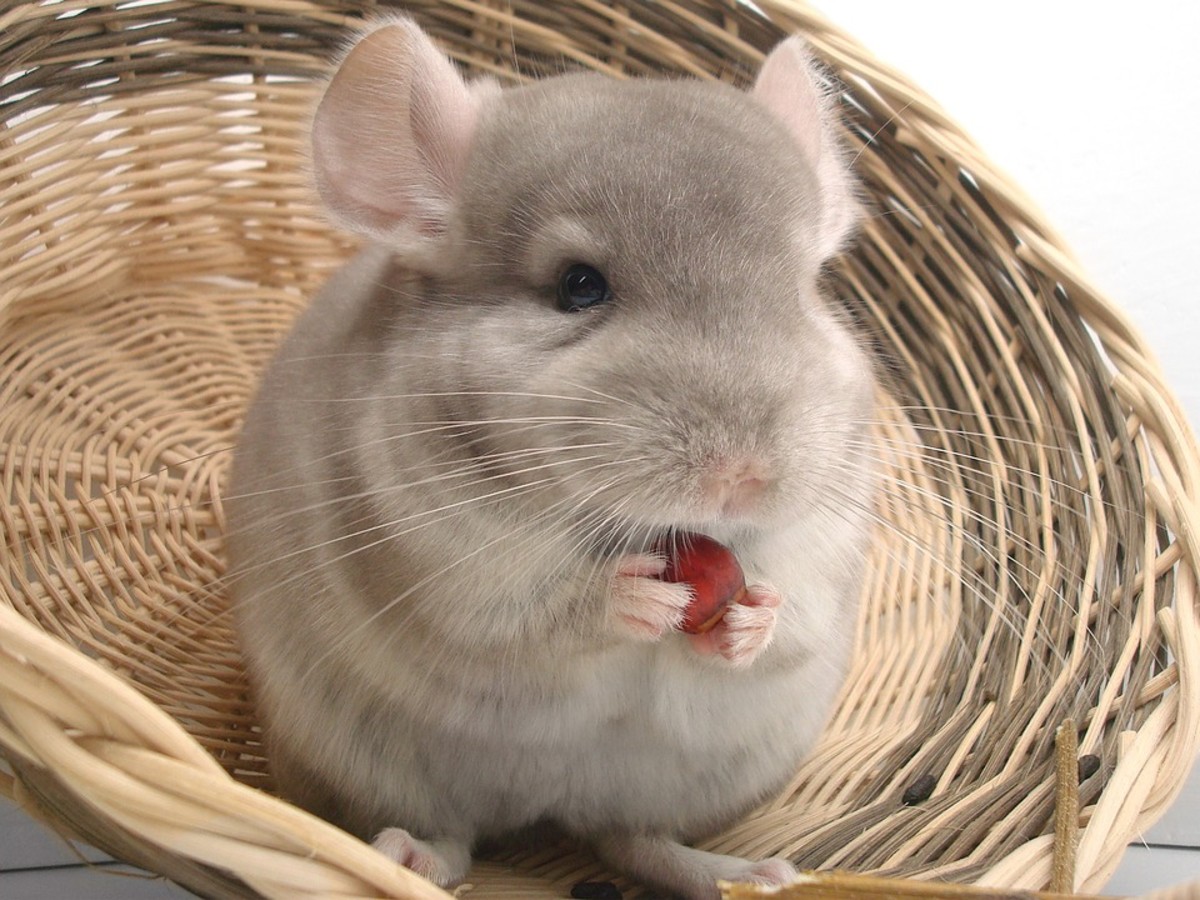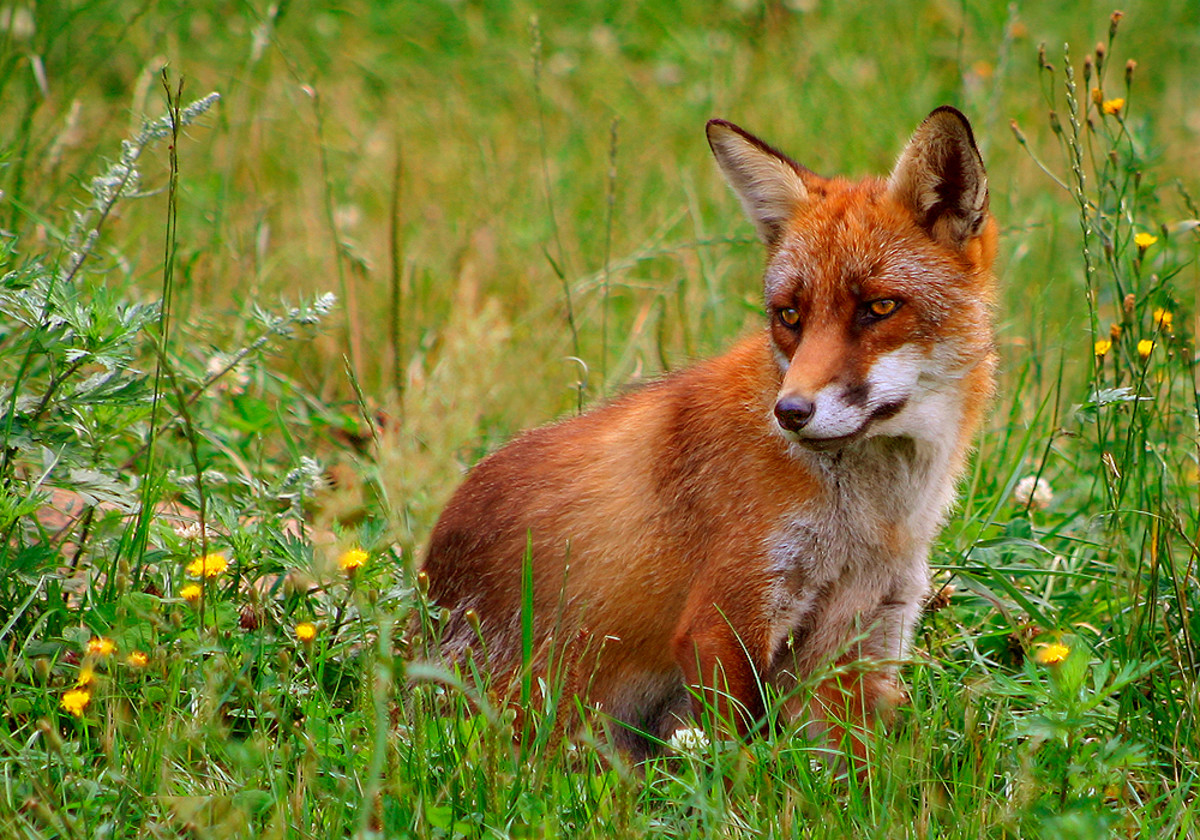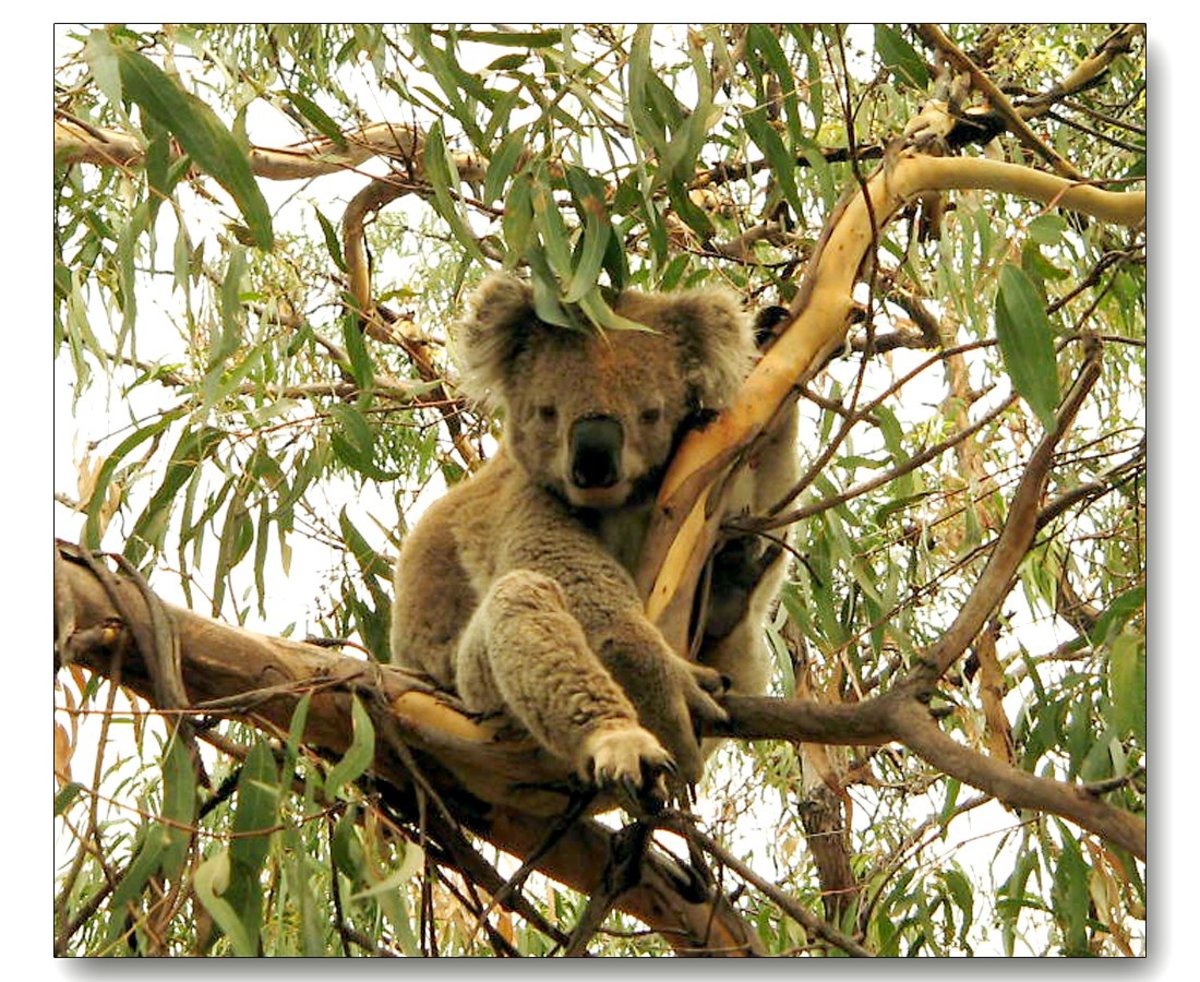Masai Giraffe
Scientific Name: Giraffa camelopardalis tippelskirchi
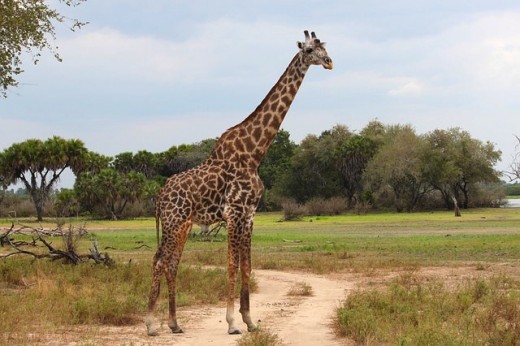
Masai Giraffe Description
The Masai Giraffe has some very interesting spots on it. They are jagged which is a very different appearance than other species. These spots can be from a medium brown to a very dark shade of it. The males tend to have darker spots than the females so that is one way to tell them apart. In a herd of these giraffes the lead male will be darker than all of the rest.
The spots on this particular giraffe though end just below the knees. What you will see here is only a shade of white. They are also known to have very skinny legs but they are also very powerful. It can seem strange that such small legs are perfectly able to handle the weight of these animals.
There is a significant size difference between the male and female Masai Giraffes. The males can weigh up to 4,000 pounds but some of them on the smaller end are about 2,500 pounds. The average height is 18 feet compared to the 16 feet of the females. The females have a top weight of about 2,200 with an average of about 1,500.
All about Giraffes
- Giraffe Facts and Information
Giraffe Facts and Information. Feeding, habitat, distribution, reproduction, anatomy and more. Facts about Giraffe Species and conservation - Interesting Animal Facts
Information about the best loved animals in the world.
Masai Giraffe Anatomy
You will find that all giraffes out there do have long legs. However, this particular species has more of their body as legs than the others. This is an interesting fact but the change in anatomy doesn’t seem to have any bearing on what they can do compared to other giraffes. They are just as fast – moving around at a speed of about 30 miles per hour.
They also have hair on their tails that is longer and darker. It is very thick in order to be able to swat at flies with their tassel. These are very strong animals so make no mistake about that when you see them. They can kill other animals instantly should they kick them. They aren’t aggressive animals but they will do all they can to protect themselves and their young.
Many people are fascinated by the look of the neck for a giraffe. You may not know it but this can easily be about 550 pounds of weight for them to carry around. For other animals this type of design would result in too much blood rushing to the head when they bent over. The giraffe has valves in their neck though that will prevent that from happening. They don’t bend down very often though – mainly to care for the young and to drink.
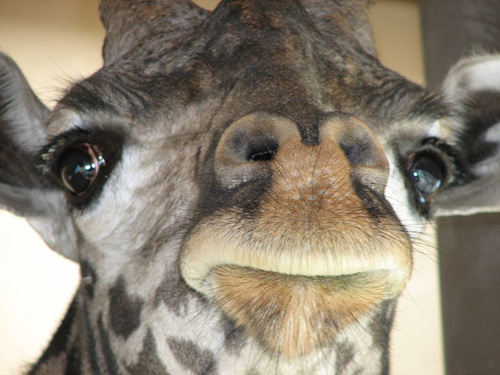
Animal Facts...
- Rhinoceros Facts and Information
Rhinoceros Facts and Information. Feeding, habitat, distribution, reproduction, anatomy and more. Facts about the Black Rhinoceros, the Javan Rhinoceros, the White Rhinoceros, among others and the conservation efforts made to preserve rhinoceros - Feline Facts and Information
Facts about Lions, Leopards, Jaguars, Cougars, Lynxes, Cheetahs, Snow Leopards, Caracals, Bobcats, Servals and many other felines.Feeding, habitat, distribution, reproduction, anatomy and more. - Elephant Facts
Elephant Facts and Information. Feeding, habitat, distribution, reproduction, anatomy and more. Facts about the African Elephant and the Asian Elephant and the conservation efforts made to preserve Elephants.
Masai Giraffe Evolution
There is plenty of speculation about why that neck is in place for giraffes. It certainly does allow them to be able to eat foods from the tops of trees where other animals can’t reach. Is that why they developed? It is possible that the Masai giraffe once had a neck like its ancestors – deer and cows. However, the need to be able to find food at higher levels may have resulted in such changes millions of years ago.
Only time will give us the full explanation to what occurred for them and why. We do have plenty of great theories out there and the answer more than likely is found within one of them. Yet finding such evidence at this point in time to prove any given theory like that is very difficult.
Masai Giraffe Behavior
Moving around to find food is a common behavior for all giraffes. The home territory for this particular species can be about 50 miles. They do very well with getting along in their herds and with other animals. The females seem to develop bonds that are deeper than the males. One reason that they depend on each other more is that their herds are small in size.
The males can end up being very aggressive towards each other. This is due to their quest for being the leader of a herd. They also fight with their necks to prove who is stronger. That is important if they want to be able to rightfully mate with the females.
Masai Giraffe Habitat and Distribution
All over Africa used to be home to the Masai Giraffe population. However, the development around there has taken away plenty of what they used to call home. They have to depend on finding food and water in smaller areas all the time. This can make it very hard for them to survive.
Today you will find these giraffes in areas of Tanzania, Kenya, Somolia, and Ethiopia. Some of them live in reserves in various areas where people can go to observe them in natural surroundings. It isn’t uncommon to find them in very close proximity to herds of other species of giraffes.
The locations in these areas where the giraffes live may surprise you. While they do like to feel from green trees in wooded areas they can’t be in thick forests. Their bodies are too large to get through them. They don’t need very much water so they can even thrive in desert regions.
More Animal Facts
- Kangaroo Facts and Information
Kangaroo Facts and Information. Feeding, habitat, distribution, reproduction, anatomy and more. Facts about the Red Kangaroo, the Eastern Gray Kangaroo and the Western Gray Kangaroo and the conservation efforts made to preserve kangaroos. - Orangutan Facts, Bornean Orangutan, Sumatran Orangutan
Orangutan Facts and Information. Feeding, habitat, distribution, reproduction, anatomy and more. Facts about Species like the Sumatran Orangutan, Bornean Orangutan and many others. - Tiger Facts
Tiger Facts and Information. Feeding, habitat, distribution, reproduction, anatomy and more. Facts about Species like the Siberian Tiger, Bengal Tiger, Sumatran Tiger and many others.
Masai Giraffe Diet and Feeding Habits
The life of a Masai Giraffe is mainly spent eating. They can do that up to 20 hours a day. They eat very slowly though and they move around to consume food from a variety of locations. They will never completely deplete all of the vegetation in any given area before moving on. This is nature’s way of making sure it is able to grow back later on.
When you watch a herd feed you will find that the males are eating at the top of the trees. It has to do with hierarchy more than just the fact that they are several feet taller than the females. You will notice some middle areas that really don’t get touched because the females tend to consume the leaves towards the bottom area of the trees. They will consume twigs, fruits, bark, and flowers in addition to the leaves.
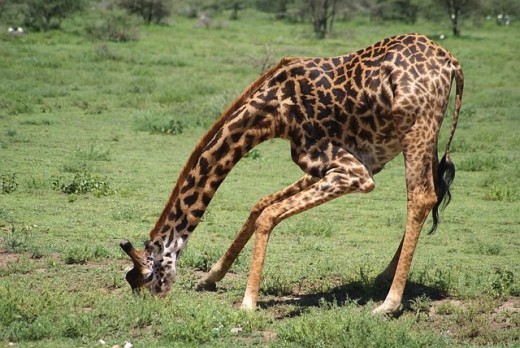
Masai Giraffe Reproduction
Females start to mate when they are about four years old. The males can at this time too but it is very rare that you will see such a young one doing so. In fact, they are usually at least twice that age before they mate. They must win battles with older and stronger males before they are able to mate with the females. It is quite an experience to watch these necking rituals take place with the males during that period of time.
Since these giraffes can mate at any time of the year, this form of aggressive for the males is often seen. A female will carry the fetus in her body for about a year and three months. Then she will give birth while still standing so she isn’t an easy target for predators. Her baby will be born weighing close to 200 pounds and standing up will be about 6 feet high.
The young Masai Giraffes have a very hard time surviving though with only about ¼ of them making it through the first year of life. They are prime targets for predators. In the very beginning the mother will be isolated with her young and that is when it is the most vulnerable. The chances of survival increase when the two of them rejoin the rest of the herd.
Masai Giraffe Predators
In the areas where these giraffes live, hyenas and lions hold the biggest threats for them. The adults really don’t have to worry so much about them. These predators know it is too risky to try to take them down.



